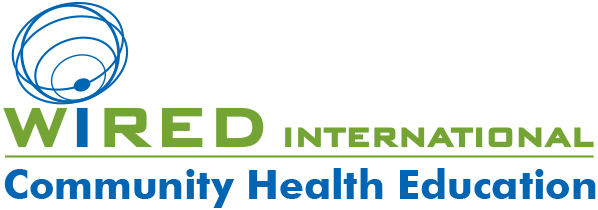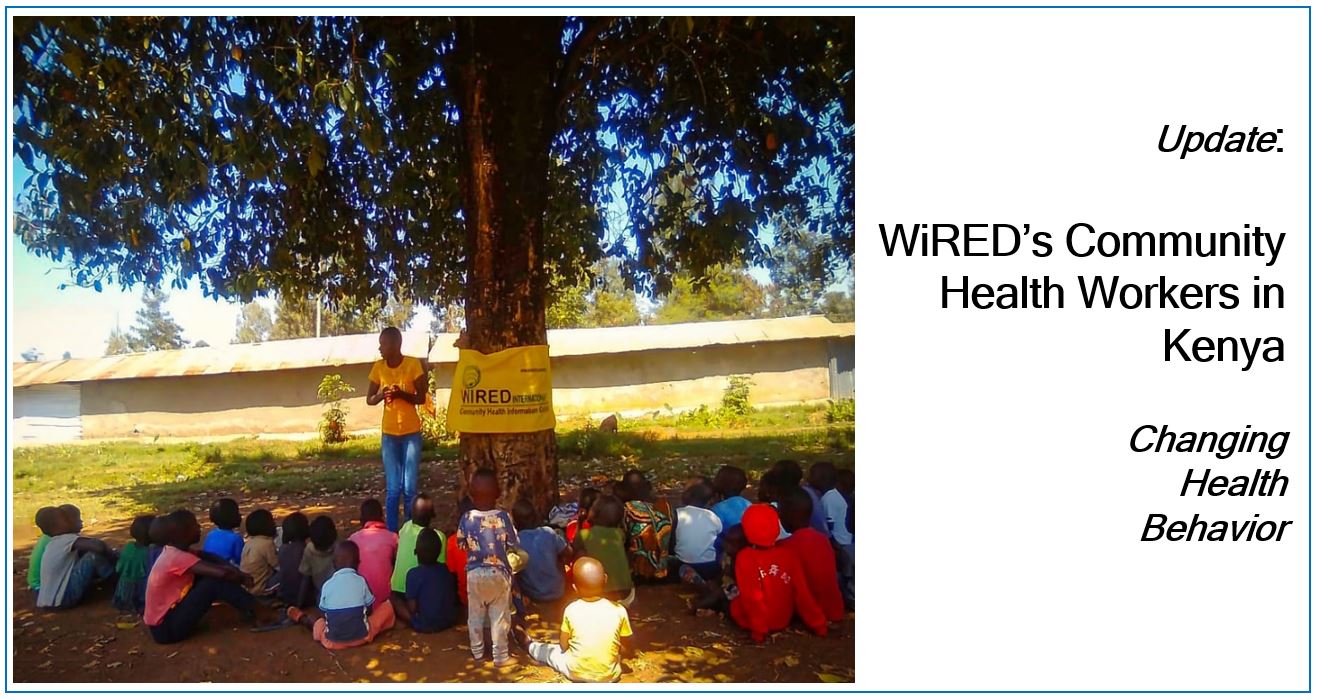By Allison Kozicharow; Edited by Elizabeth Fine
WiRED International’s team of community health workers (CHWs) ended 2022 with another noteworthy month of contributions to thousands of people in their low-resource communities. As they demonstrated throughout the year, their tireless work in December continued to elevate community health and promote healthy behaviors.
During the month of December 2022, 22 CHWs in Kisumu, Kenya, reached a total of 10,184 people with health services. Working 24 hours per week, each of the CHWs met with at least 52 patients a week, and the largest number seen in a week by a single CHW was 301, most of them in health training classes.
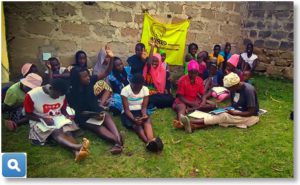 Overall, the top health issues for the month of December were as follows, in order of prevalence:
Overall, the top health issues for the month of December were as follows, in order of prevalence:
- HIV/AIDS
- Gender-based violence
- Anatomy
- Handwashing
- Menstrual hygiene and general hygiene
- COVID-19
- Malaria
- Water treatment
- Communicable diseases
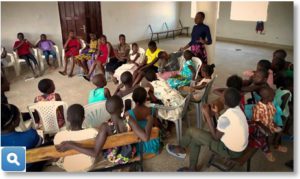 Once again HIV/AIDS was the #1 concern. Here is a powerful testimonial from one of the newer members of the Kisumu CHW team:
Once again HIV/AIDS was the #1 concern. Here is a powerful testimonial from one of the newer members of the Kisumu CHW team:
A Success Story
During a health training session teaching community members about HIV/AIDS, I heard from a man who had stopped taking his HIV/AIDS medication more than five months ago. He told the class about his experience with stigma and discrimination because he had the disease. His wife criticized his taking the medicine, so he stopped. He added that he wanted to meet with me after class. I counseled him and he agreed to go back to taking the prescribed drugs. I referred him the to a health center, and he asked me to go with him. The day we went he was seen by a health professional who advised him and put him back on medication right away. Later I did a follow-up and found he was doing well and adhering to his program. His story was an eye opener to the community members and after that two more people came to me for HIV/AIDS guidance.
—Milka Nyadiang’a
Ms. Nyadiang’a’s story illustrates how CHWs continue to advance health in the Kisumu community. They teach health basics and prevention and perform patient assessment, coaching and health surveillance. Moreover, they change health behavior in their communities by giving people the information they need to take responsibility for their own good health.
Sample Testimonials from December
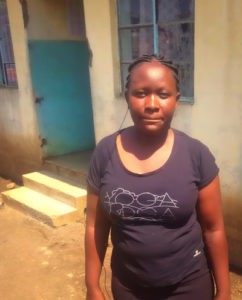 As I was conducting my daily health sensitization class, a group of women asked me about the HIV prevention medication pre-exposure prophylaxis (PrEP) and the HIV treatment medication post-exposure prophylaxis (PEP). They had no information, so I explained why and how they are administered and how they differ. After the session, two ladies told me they wanted to take PrEP, so I referred them to a clinic. After my follow-up I found out that the women were happy to be now using PrEP and out of danger from getting HIV/AIDS. They really thanked me for the information.
As I was conducting my daily health sensitization class, a group of women asked me about the HIV prevention medication pre-exposure prophylaxis (PrEP) and the HIV treatment medication post-exposure prophylaxis (PEP). They had no information, so I explained why and how they are administered and how they differ. After the session, two ladies told me they wanted to take PrEP, so I referred them to a clinic. After my follow-up I found out that the women were happy to be now using PrEP and out of danger from getting HIV/AIDS. They really thanked me for the information.
—Lency Mmbone
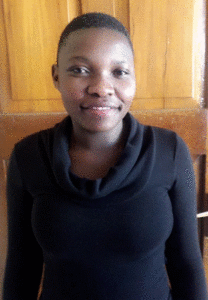 My work as a CHW began in November in an area where people move around a lot from place to place. I held health sessions that covered many different topics but concentrated more on the local issues of nutrition, drug abuse and water treatment. During a class in one village I spoke to a group of young women about family planning and its benefits and effects. I referred one person to the nearest health facility because she was having bleeding problems as a result of her contraceptive. The health professional gave her a series of tests and consultations. Afterwards I visited her to see how she was doing and she confirmed that she was okay and using her newly prescribed birth control. That was a success story for me.
My work as a CHW began in November in an area where people move around a lot from place to place. I held health sessions that covered many different topics but concentrated more on the local issues of nutrition, drug abuse and water treatment. During a class in one village I spoke to a group of young women about family planning and its benefits and effects. I referred one person to the nearest health facility because she was having bleeding problems as a result of her contraceptive. The health professional gave her a series of tests and consultations. Afterwards I visited her to see how she was doing and she confirmed that she was okay and using her newly prescribed birth control. That was a success story for me.
— Linet Awuor
